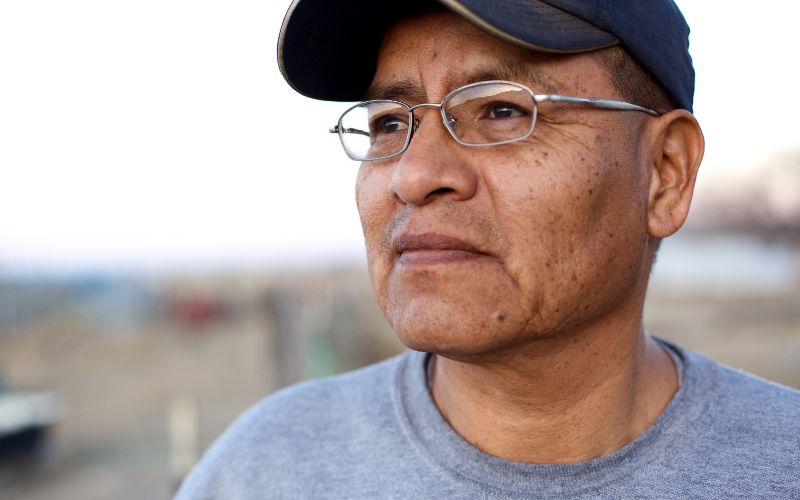
- Details
- By Kaili Berg
A new study published by the Journal of American Medical Association (JAMA) Psychiatry highlights a troubling trend among middle-aged American Indians and Alaska Natives (AI/AN): they are experiencing higher rates of "deaths of despair" compared to their white counterparts.
"Deaths of despair" refer to fatalities resulting from suicide, drug overdose, and alcoholic liver disease, often linked to underlying mental health issues and substance abuse.
According to the Centers for Disease Control and Prevention, AI/AN face alarming mortality rates from despair-related causes. For instance, the suicide rate among Native Americans is 1.7 times higher than the national average.
The concept of deaths of despair gained attention following a 2015 study that examined rising mid-life mortality and decreasing life expectancy in the U.S. from 1999 to 2013. While the study found that white Americans had the highest mortality rates from these causes in 2013, analyses overlooked the data for AI/AN.
However, the new 2023 study revealed that AI/AN have consistently experienced considerably higher midlife death rates from deaths of despair compared to white Americans.
Using publicly available records from the U.S. Centers for Disease Control, UCLA Health researchers analyzed mortality rates of deaths of despair among American Indian and Alaska Natives ages 45-54 through 2022. The analysis uncovered the following trends:
- AI/ANpopulations experienced the highest rate at 241.7 per 100,000 people in 2022, consistently remaining significantly higher than white Americans from 1999 to 2022.
- Native communities had the highest mortality rates from suicide, alcoholic liver disease, and drug overdose compared to Black and white Americans.
Researchers attribute the COVID-19 pandemic to exacerbating existing disparities, further emphasizing the urgent need for targeted interventions. Study co-author Joseph Friedman and his colleagues advocate for culturally appropriate interventions aimed at reducing barriers to mental health and substance use treatment programs.
“The findings reinforce the notion that we need to invest in services that can address these issues and, ultimately, we need much more comprehensive access to low-barrier mental health care and substance use treatment in the U.S.,” Friedman said in a statement. “And we need to specifically make sure those treatments, services and programs are implemented in a way that is accessible for communities of color and will actively work to address inequality.”
More Stories Like This
Feds Announce $50 Billion to States for Rural Health, Tribes Barely Mentioned in AwardsCommunity Safety Alert Issued Over Out-of-State “Treatment” Transfers
Language is Medicine: Navajo Researcher Tackles Speech Delays in Native Communities
Artificial Intelligence Impacts the Art and Science of Dentistry - Part 1
Chumash Tribe’s Project Pink Raises $10,083 for Goleta Valley Cottage Hospital Breast Imaging Center


